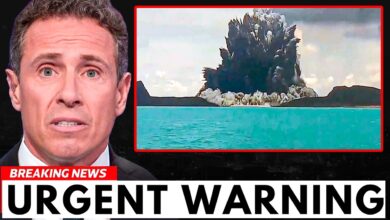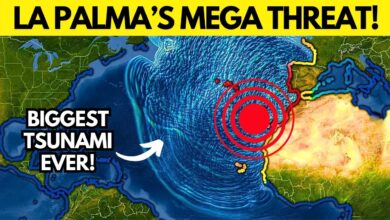A Huge Underwater Volcano Has ERUPTED Near the Deepest Place on Earth
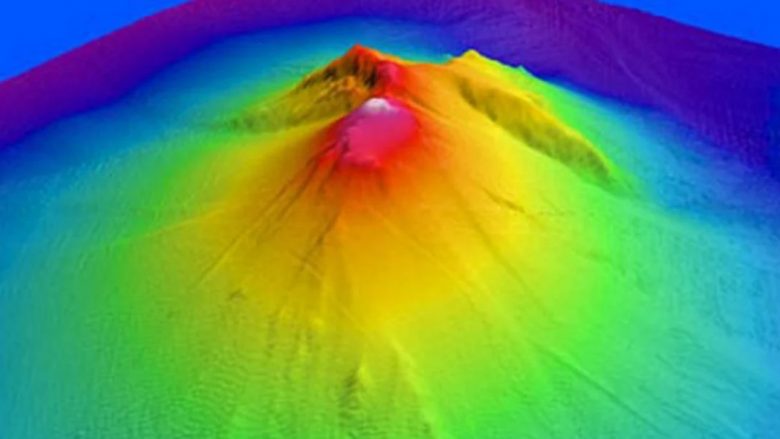
Title: A Huge Underwater Volcano Erupts Near Earth’s Deepest Point
On November 21, 2024, the AI Seamount, a colossal underwater volcano near the Mariana Trench, erupted in a spectacular display of nature’s power. The eruption caused plumes of discolored water and released floating pumice across the ocean surface. In response, the Northern Mariana Islands Volcano Observatory raised the volcano alert level to “Advisory” and the aviation color code to “Yellow.”
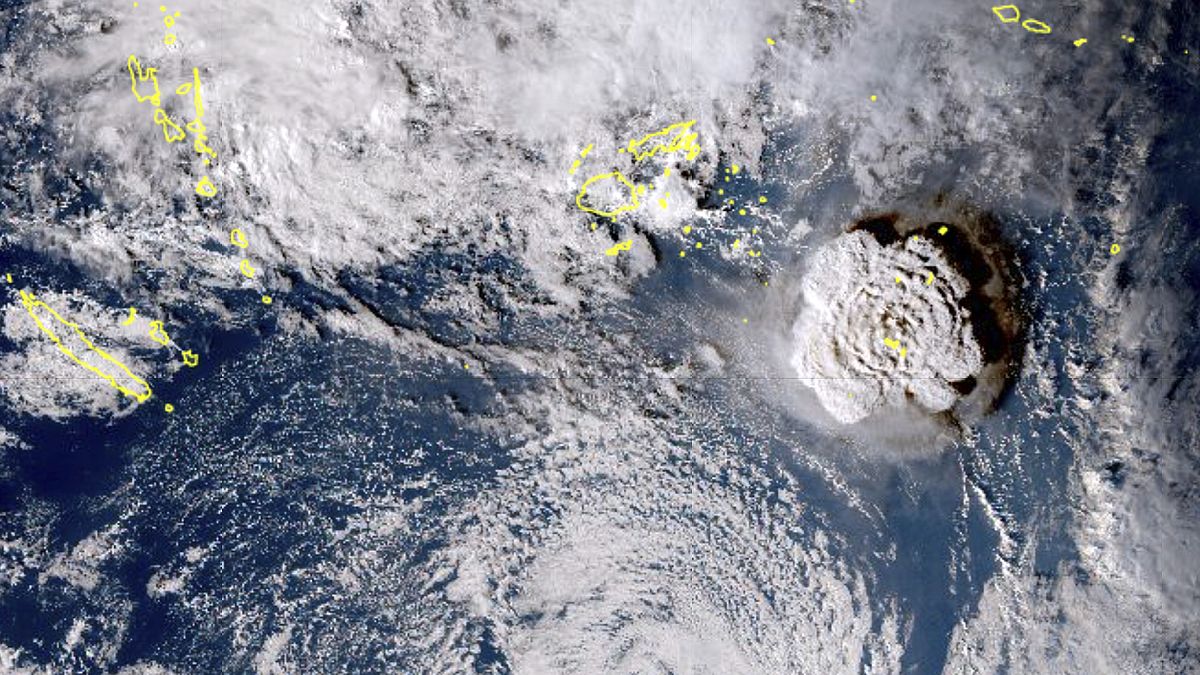
The AI Seamount: A Geological Marvel
The AI Seamount is a massive submarine volcano located 18 km southeast of Farallon de Pajaros (Uracas) in the Northern Mariana Islands. Its summit lies just 75 meters below the ocean’s surface, forming part of the Mariana Volcanic Arc—a region known for dynamic geological activity due to the Pacific Plate subducting beneath the Philippine Sea Plate. This tectonic movement fuels the volcanic activity responsible for eruptions like the one observed.
The current activity, which began in August 2024, has attracted attention due to satellite imagery and hydroacoustic sensors. Despite the absence of significant seismic signals, researchers rely on advanced remote sensing techniques to monitor the eruption, such as detecting water discoloration, temperature anomalies, and floating volcanic debris.
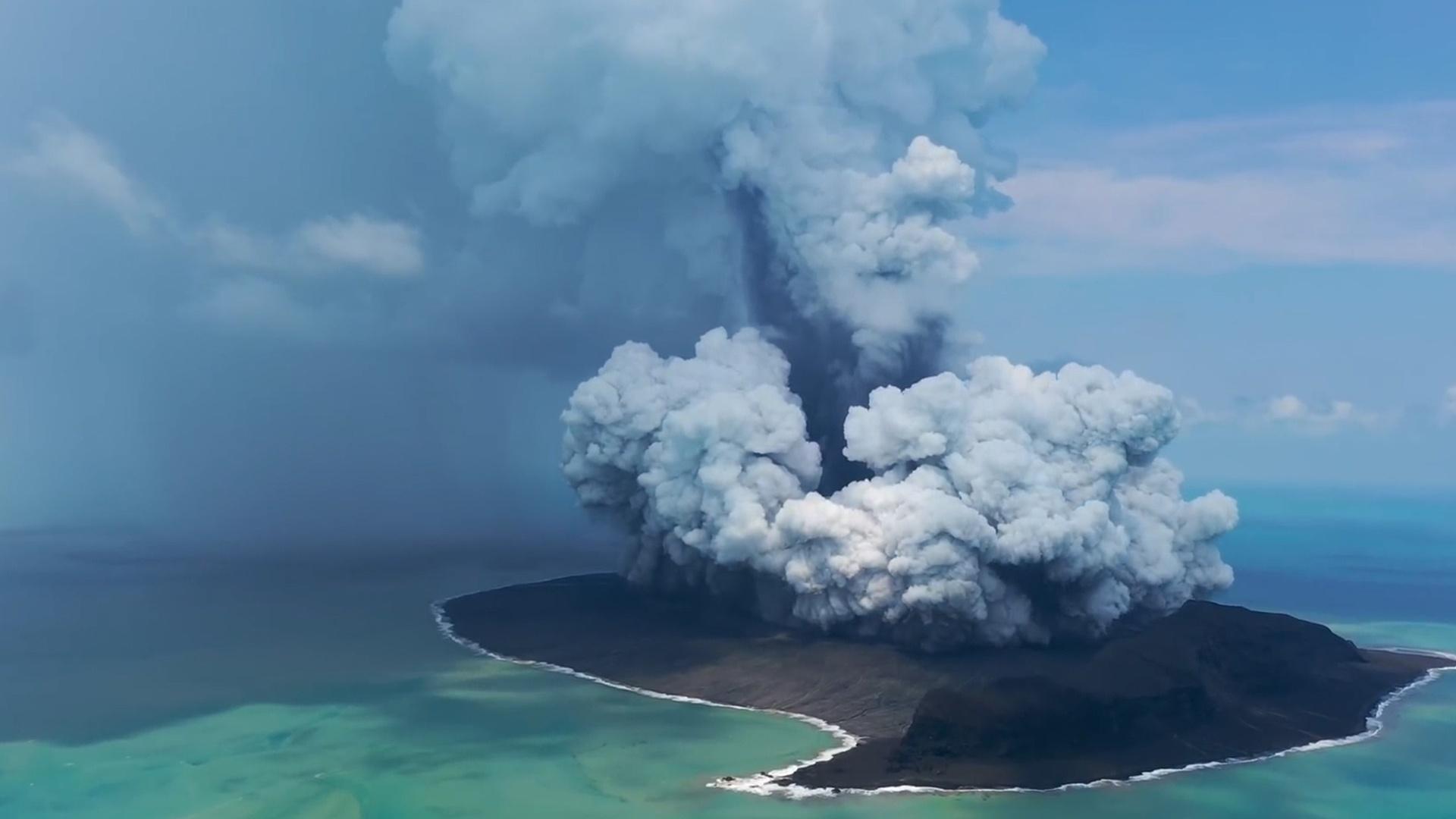
Challenges in Monitoring Underwater Volcanic Activity
Unlike land-based volcanoes, submarine volcanoes like the AI Seamount pose unique challenges for observation due to their isolation and lack of seismic networks. Remote technologies, including hydrophones and satellites, play a crucial role in tracking eruptions. Past events have shown that significant underwater plumes can form without strong acoustic signals, emphasizing the importance of visual monitoring.
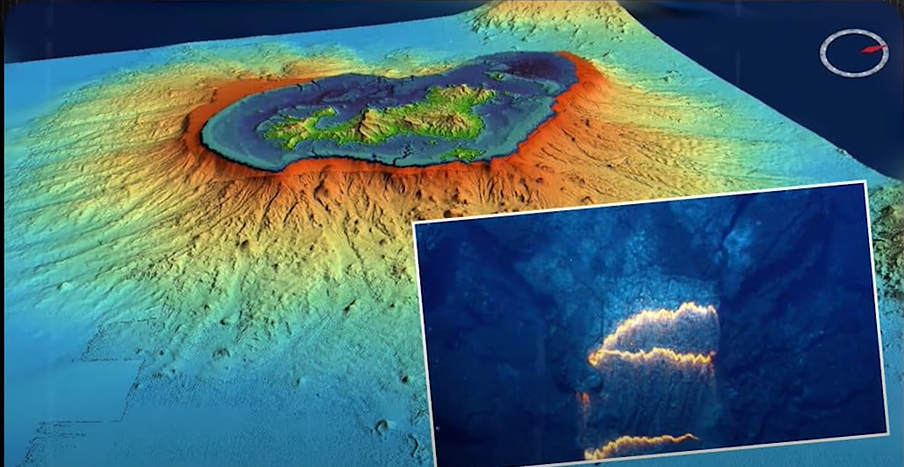
A History of Eruptions
The AI Seamount has a record of recurring eruptions:
- 1979: A fishing crew experienced shocks and vibrations near the summit, followed by sulfurous water upwelling.
- 2001: An explosive eruption was detected via seismic signals recorded thousands of kilometers away.
- 2014: A significant eruption altered the seamount’s structure, creating a new summit crater and landslides.
- 2022–2024: Recent eruptions reaffirm the seamount’s status as an active geological hotspot.
Potential Hazards and Maritime Risks
Though located in a remote area, AI Seamount poses risks to maritime navigation. Floating pumice and volcanic debris could damage vessels, and its dynamic geological activity underscores the need for continuous monitoring to mitigate potential hazards.
Comparison with Hunga Tonga-Hunga Haʻapai
While both AI Seamount and Hunga Tonga-Hunga Haʻapai are notable Pacific volcanoes, their impacts differ dramatically. AI Seamount’s eruptions are constrained by ocean pressure, limiting their explosiveness and global effects. In contrast, Hunga Tonga-Hunga Haʻapai’s eruptions breach the ocean’s surface, causing massive atmospheric disruptions, tsunamis, and global weather impacts, as seen during its January 2022 eruption.

Future Eruption Potential
AI Seamount’s location along the tectonically active Pacific Ring of Fire makes future eruptions likely. Factors such as magma buildup, volcanic gas pressure, and seafloor instability contribute to its eruptive potential. A structural collapse or landslide could trigger a sudden, violent eruption. However, predicting such events remains challenging due to limited monitoring infrastructure.
The eruption of AI Seamount serves as a reminder of the immense geological forces hidden beneath our oceans, reshaping the seafloor and enhancing our understanding of Earth’s dynamic systems.
Stay Curious!
For more updates on geology, volcanology, and natural wonders, like and subscribe to our channel. Drop your thoughts or questions in the comments—we’d love to hear from you.




